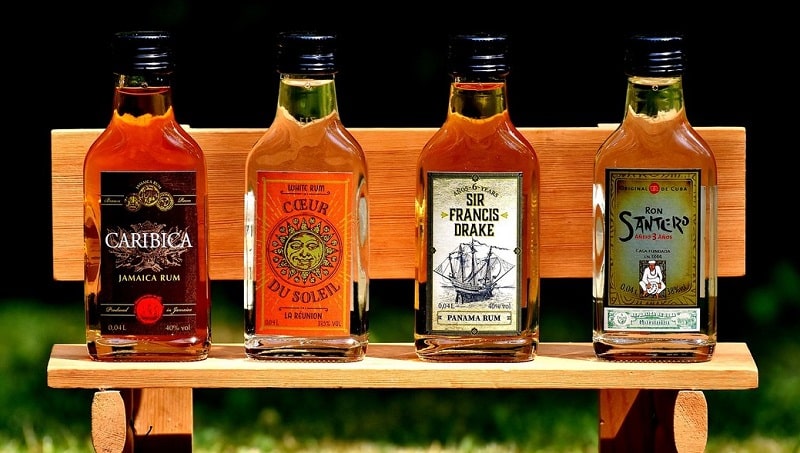History of the Origin of Rum
In ancient times rum was the drink of choice for many islands in the vast Caribbean Sea, mainly selected by brigands, pirates and occasional slave traders. For these territories rum was the most important export commodity.
Due to the production on different islands the drink differed in taste and unparalleled flavour. Until now the secrets and some of the fine points which exist in the creation of the drink are kept secret, but what is well known is that its main raw material is sticky treacle which comes from the sugarcane which was grown and processed.
Cane has been cultivated in India and China since ancient times. It was brought to Europe by the warriors of Alexander the Great’s numerous army some 300 years before our era. As a result, it became a suitable alternative to the usual honey, which was the only available sweet for the inhabitants at that time.
Cultivation of cane began on the long shores of the Mediterranean Sea, in the Canary Islands and elsewhere. As a result, it became a plant that came from faraway Europe to the Americas.
Appearance of rum
For the first time rum as alcohol was produced in XVII century on the island called Barbados. Today it is a rather peculiar alcoholic drink made from black and light molasses used. After the material is diluted with water it is fermented with yeast. The resulting brew is then distilled to make rum alcohol, which is diluted to about 50%. The spirit is then placed in prepared oak casks and left to mature for at least five years at a temperature of 18-22 degrees.
During this period, quite complex chemical processes take place in the spirit, involving the by-products of the cane sugar fermentation that takes place and the alcoholic substances. This is influenced by the oxygen and the substances produced by the oak used to make the appropriate casks.

What does rum look like?
Rum has a beautiful yellow colour with a slight golden hue, a very pungent taste and a strong memorable aroma. In terms of its physical and chemical properties, it is light, medium and heavy.
Today the countries which produce high-quality spirits are the following:
- The Greater Antilles and Lesser Antilles;
- The Dominican Republic;
- South America and the United States;
- Mexico and other countries.
The most exquisite rum is produced in the French departments, which include Martinique. Until the second half of the 19th century, the rum produced was heavy and dark in colour, which distinguished it from European double-distilled refined drinks.
As a result of improvements in the production process, the quality of rum improved considerably, resulting in a softer and more pleasant lighter coloured drink. Distillation techniques, carbonic filtration, use of special yeasts and maturation in American oak barrels all contributed to this.
Sea rum
Due to the lack of skills in storing fresh water during long voyages sailors often took a stock of rum, tasty beer or wine with them. Initially rum was consumed pure or diluted with lemon juice, with water being used only later. This led to a reduction in the effect of alcohol on seafarers, but for the most part the drink was a daily presence in their diet.
